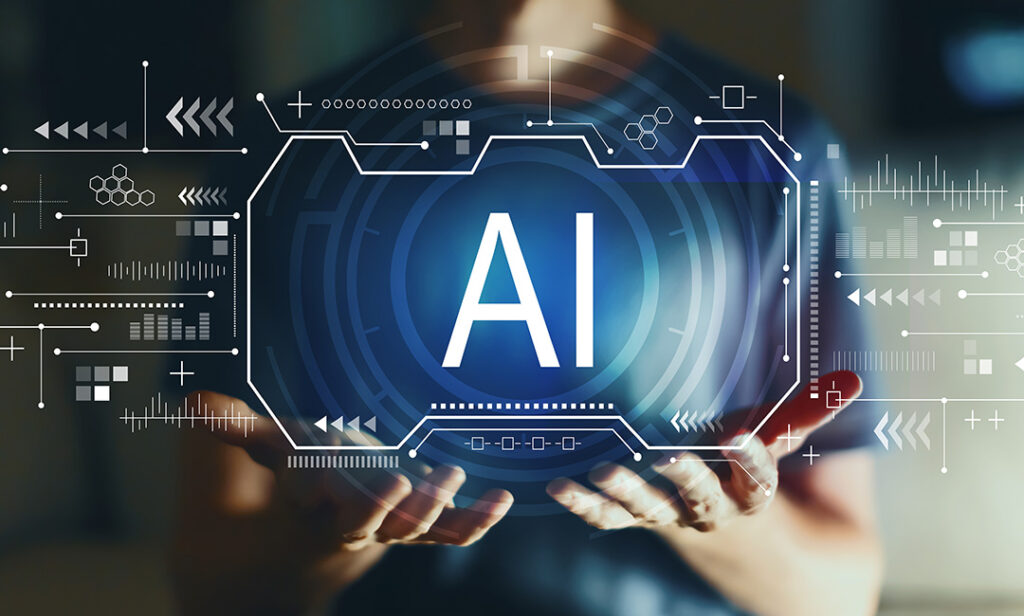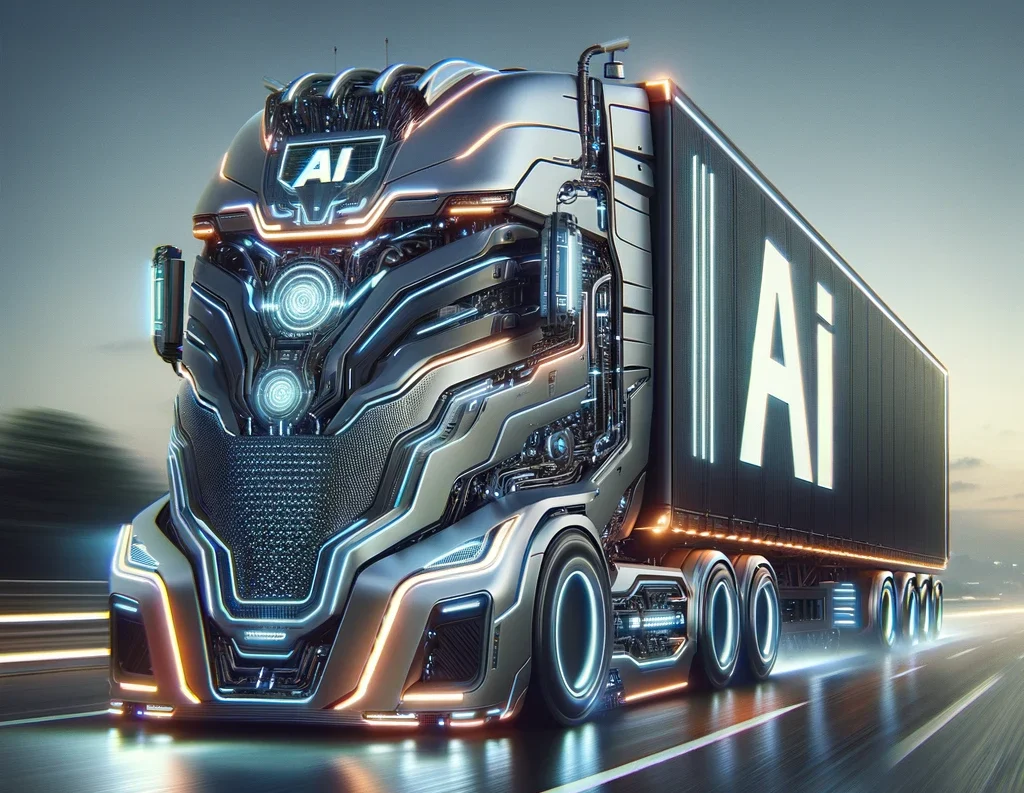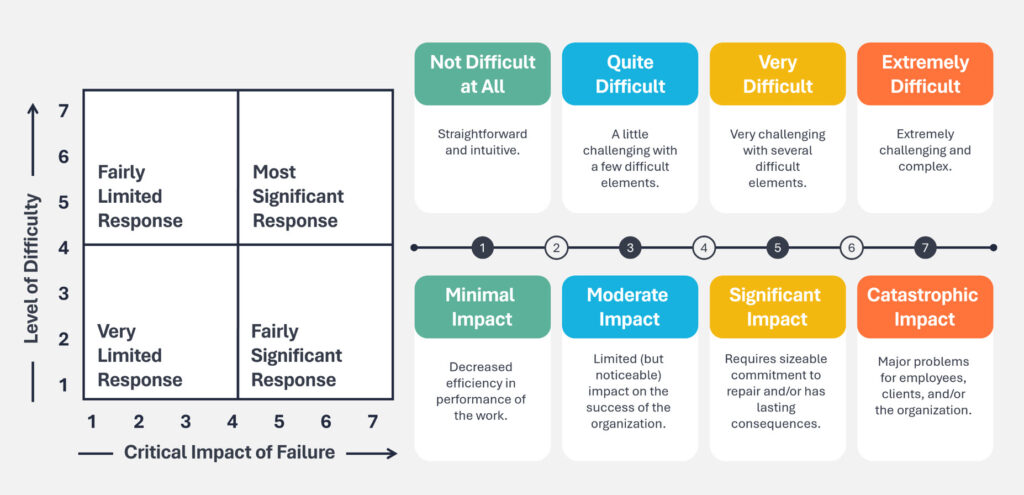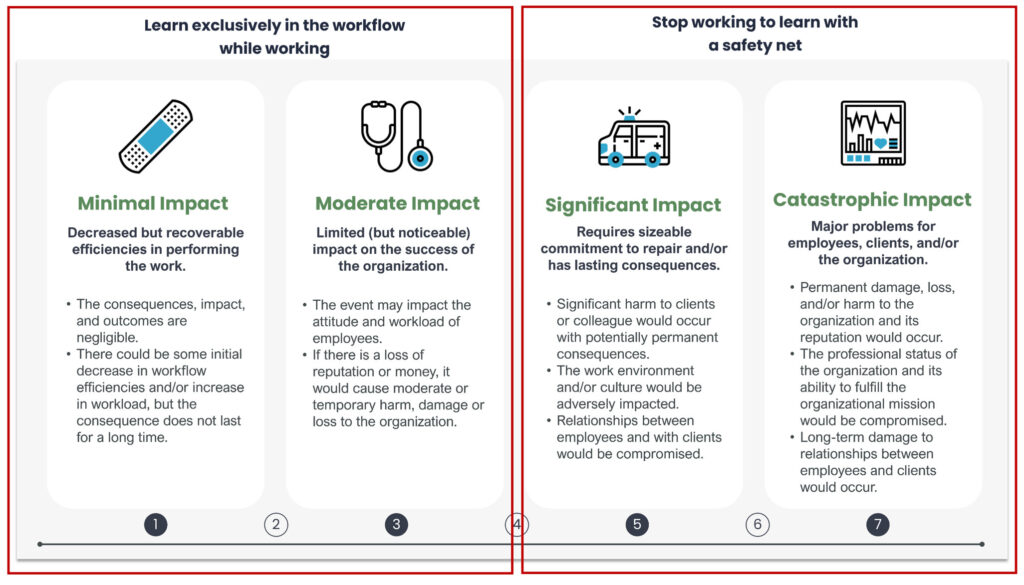Conrad Gottfredson and Sara Chizzo continue part two of their feature to focus on the need for different ways to develop people so that L&D can compete with AI solutions
Conrad and Sara delved into the transformative impact of technology and AI on the workforce and organisational learning, emphasising the critical need for businesses to adapt their training strategies to secure their value.
Stopping work to learn is the most significant cost in every organisation’s training investment
They focused on five key areas of business impact—enabling effective job performance, enhancing new hire productivity, accelerating growth, adapting quickly to change, and reducing operational risk and argued for a shift away from traditional training methods. A more holistic approach that includes support throughout the transfer and sustain phases, such as with a digital coach, ensuring a measurable business impact and a strategic advantage in a rapidly evolving landscape, was the recommendation, and they build on that now in the final part of their feature.
Impact need: adapt at the speed of change
Change is a fundamental reality in today’s work environment. It is often unpredictable and unrelenting, and it can be terribly unforgiving. In his book Rethinking the Future, Alvin Toffler observed that change today is “non-linear and can go backwards, forwards, and sideways.” He further describes how we must respond to this dynamic change environment: “The illiterate of the 21st century will not be those who cannot read and write, but those who cannot learn, unlearn, and relearn.”
The fundamental difference between how we support learners at the moment of “Change” versus the other 5 Moments of Need® (New, More, Apply, and Solve) lies in this change challenge of unlearning and then relearning. Here’s why.
Skills we perform repeatedly tend to become automated, to the point that we can do them without conscious thought. The technical term for this is “automaticity”. When this occurs, workers become resistant to change. In many cases, they aggressively reject the change without really understanding why.
Organisational prosperity and, in some cases, survival, requires a workforce that does just the opposite. Workers today need to be rapid, adaptive, and self-directed in how they learn, unlearn, and relearn. They must have a mindset that anticipates change. Because they live in a state of continuous change, they also need to cultivate personal learning strategies that minimise the probability of their own skills becoming deeply rooted, unless those skills merit automaticity. These dynamic learners must be able to learn on the run, employing performance support tools to assist them at every moment of need. When these dynamic learners see change coming at them, they need immediate and intuitive access to support that will help them close their personal skill gaps.
Quick-check your current capacity to deliver impact:
Here are two questions to check the degree to which you are intentionally developing a workforce that can learn at the speed of change:
- Do you have a systematic process in place to determine how you should best respond to skill change requirements based upon complexity and Critical Impact of Failure? In response to change, traditional training approaches are seldom effective. All changes are NOT equal in their potential impact on successful job performance. The following shows that, depending on the complexity of a skill and the Critical Impact of Failure to perform that skill successfully, a change can merit very different levels of response.
Change Response Matrix
Again, deeply embedded skills aren’t overridden by new skills over a “lunch and learn” or an eLearning module. That kind of unlearning and relearning requires ongoing reinforcement of the new skills in the workflow. And if a skill is complex with a potentially high cost of failure, the best route is to provide immediate access to Digital Coach capabilities. A Digital Coach enables performers to safely close their own skill gaps at the very moment a gap occurs. This is the best way that an automated skill can be unlearned and replaced with a new skill. We call this workflow learning because it doesn’t require stopping work to learn.
- To what degree do you have a workflow learning infrastructure in place that encourages workers, over time, to become more rapid, adaptive, and self-directed in how they close their own personal skill gaps?
Here’s how employees successfully master job skills while continuing to perform the work they are hired to do. With the help of a Digital Coach, employees access the steps for a specific job skill they need to perform. As they follow those steps, they also have fingertip access to cascading levels of job support depending on which of the 5 Moments of Need surface while performing that job skill. If a mistake is made, that’s the moment of Solve. As the worker safely resolves that issue with the help of the Digital Coach, they learn and gain experience. Gloria Gery observed that each time a worker successfully performs a reoccurring job skill, they are learning “unconsciously.” In other words, they are learning experientially while doing their work.
Real-world example of success:
We worked with a multi-line insurance company that faced a significant challenge in 2020 when the COVID-19 crisis began. This company had different employees supporting auto and property insurance as well as disability claims. Shortly after the pandemic began, they saw low volumes in auto and property, but disability claims were skyrocketing, and they had insufficient staff to handle the load. With 100% of these employees being remote, retraining staff members in traditional face-to-face methods was not possible.
They quickly created a combination of live virtual training with a performance support solution (Digital Coach), which they used to rapidly reskill hundreds of auto and property insurance claims specialists to handle disability and other claims. Not only was this client able to meet the dramatic increase in demand, but they did so without having to hire any additional staff, thus improving productivity for the organisation. This reskill also allowed them to retain valuable staff who might have otherwise been furloughed due to the economic realities of the pandemic. Finally, they were able to show an increase in employee satisfaction at a time when many employees were feeling very disconnected from their organizations.
Impact need: reduce operational risk
Failing to perform skills successfully results in risk for the organisation, its employees, and/or its clients. The amount of risk varies from skill to skill. Consider the potential failure costs for the top three points on the following scale compared to the lowest three points:
Critical Impact of Failure Scale
As mentioned, the most significant cost of learning is associated with stopping work to participate in traditional learning experiences and then the time required to successfully transfer those skills into the flow of work. For this reason, front-line leaders can and should be reluctant to allocate traditional training time for skills that fall in the lower half of the Critical Impact of Failure (CIF) scale above. But high-risk skills rated five through seven clearly cost-justify stopping work to learn.
In addition, a training-only approach requires us to cram everything into a course to cover it all. This often robs trainers of the instructional time they need to provide the level of instruction that skills with a high CIF rating require to mitigate their risk.
It has been our experience for more than 20 years that, on average, half the job skills slated for traditional training have low CIF ratings. For those skills, the low impact doesn’t justify the organisational costs of stopping work to learn them.
By pushing these low-risk skills into the workflow, to be learned while working, the high-risk skills can be targeted directly with the full measure of instructional methodology they require along with on-the-job support from a Digital Coach during the Transfer and Sustain stages.
Quick-check your current capacity to deliver impact:
Here are two questions to check your capacity to reduce operational risk:
- To what degree are you intentionally identifying skills with high CIF ratings and providing learners the full measure of instruction that those skills require? If your answer is “not at all” or “very little,” consider the potential costs of failure to your organisation, your employees, and even your clients.
- Are you investing unnecessary instructional time in low-risk skills that could be learned while working with the help of a Digital Coach? As stated earlier, on average, half of the skills currently addressed by formal learning practices can be learned exclusively in the workflow with the help of a Digital Coach. That means you can significantly reduce the time employees need to stop working to learn in formal ways. At the same time, you can reduce the time it takes learners to transfer what they learn to effective performance on the job by at least 75%. You can also speed up the resolution of problems and the time it takes to resolve errors and adapt to change.
Real-world example of success:
We worked with a manufacturer that was looking to improve employee productivity in its plants while increasing operational efficiency and reducing organisational risk. Leadership knew that there was significant ineffectiveness in the plants while employees struggled to optimise and troubleshoot the machinery and processes on the shop floor.
They retooled the training provided to employees in the plants to include some formal training supported by a performance support solution (Digital Coach) available to employees while they were working on the line. Prior to this new way of training and support, it took a line worker nearly three minutes to find a particular piece of information required while working. With the Digital Coach, the same person, with no instruction, could find the answer in 23 seconds. In addition to productivity benefits to the line workers, the organisation saw a 3% improvement in operational efficiency, an 8% improvement in unplanned downtime, a 12% improvement in asset utilisation, and dramatically improved product changeover. New employees were also onboarded 30% faster. The learning leader for this population was quoted as saying, “We are improving our operational efficiencies across our global supply chain and empowering our frontline operations through innovative, workflow-based performance support.”
The future is bright
We recently witnessed an impressive AI fete with the auto generation of a complete instructional lesson for a trainer to follow. Sadly, it followed a traditional training model that lacked the instructional chops to:
- Enable and sustain effective job performance
- Amplify the productivity of new hires
- Accelerate ongoing growth
- Adapt at the speed of change
- Reduce operational risk

As we move forward in our pursuit of transformational change through AI, we need a common vision of what that transformation should bring. The five areas of organisational impact outlined in these articles need to guide us in establishing this vision.
We need to take a hard look at our traditions, because maintaining the status quo of a training-only approach puts our future at great risk. Stopping work to learn is the most significant cost in every organisation’s training investment. Failure to fully address the three stages of Train, Transfer, and Sustain leaves too much work stoppage in its wake.
Corporate leaders readily embrace opportunities for reducing work stoppage, meaning if you don’t take the lead in acknowledging and managing these costs while also delivering on the five organisational impact needs in this article, someone, sooner than later, will convince your business leadership that AI can replace you.
Conrad Gottfredson is Co-founder and Chief Learning Strategist at APPLY Synergies
Sara Chizzo is Executive Director, Sales at APPLY Synergies







